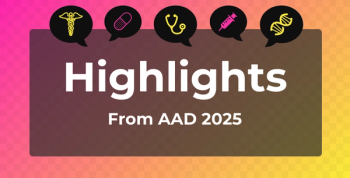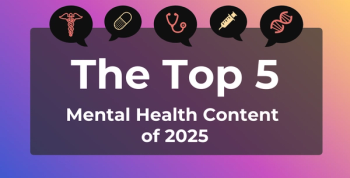
Pipeline Products: Specialty Products Stretch to the Horizon
In May 1897, Mark Twain wrote, “the report of my death was an exaggeration.” When people say that the pharmaceutical industry is dying, that the R&D pipeline is drying up, sometimes all you can do is shake your head. It may be true that industry insiders say that company X has a weak pipeline and is seeking to buy another company to bolster its prospects, but an analysis by PhRMA (
That sounds like good news all around, right? Well, payers have been concerned for some time with the growing proportion of drugs that are considered specialty pharmaceuticals (generally costing more than $500 per month of therapy). These medicines—not only defined by price but by how they are stored, stocked, and administered—are highly scrutinized by pharmacy benefit managers. These executives aim their utilization management weapons, including the use of specialty pharmacies in an effort to get better pricing from the manufacturers, squarely at these products.
Generally, specialty pharmaceuticals are large molecules (as opposed to the common small-molecule agents that were introduced in decades past, like beta blockers, metformin, diuretics, etc.) that are synthesized through biotechnology methods. CVS Caremark’s annual trend reported that 21 drugs approved by the FDA in 2010 were in the specialty drug class. For payers, this is indeed worrisome. Express Scripts, one of the largest PBMs in America, predicts that by 2014, specialty drugs expenditures will constitute 40% of drug purchases in the United States (
In either case, this is driven by two major factors: the proportion of new products approved by the FDA that are specialty pharmaceuticals, and their increasing utilization. This is driven by 2 statistics, from CVS Caremark: > 50% of late-stage pipeline drugs and > 70% of applications for new indications are for specialty drugs, to widen their use even further. (
Express Scripts forecasts the trend from 2011 to 2013 to top 20% annually in the inflammatory disorder category, with a per-member per-year cost rocketing from $44.95 in 2011 to $66.26 by 2013. And of the 3 fastest-growing specialty drug areas, these are the slowest-growing figures.
Willie Sutton, the famous bank robber, contributed another famous quote when asked why he robs banks. “Cause that’s where the money is.” The trend in growth of the specialty category will continue for some time, because the pharmaceutical companies know where the money is in 2011 and beyond. That’s why the pipeline is as robust as it is, that’s why the larger manufacturers are seeking to bolster their own pipelines through acquisitions or partnerships with drug discovery firms, and that’s why payer executives are looking very worried today and for the future.
Disease Category
Products in Clinical Development
Cancer
878
Respiratory disorders
334
Mental and behavioral disorders
252
Cardiovascular disorders
237
Diabetes mellitus
193
Alzheimer’s and other dementias
98
HIV/AIDS
81
Arthritis
74
Parkinson’s disease
25
Source:
Newsletter
Stay ahead of policy, cost, and value—subscribe to AJMC for expert insights at the intersection of clinical care and health economics.







































